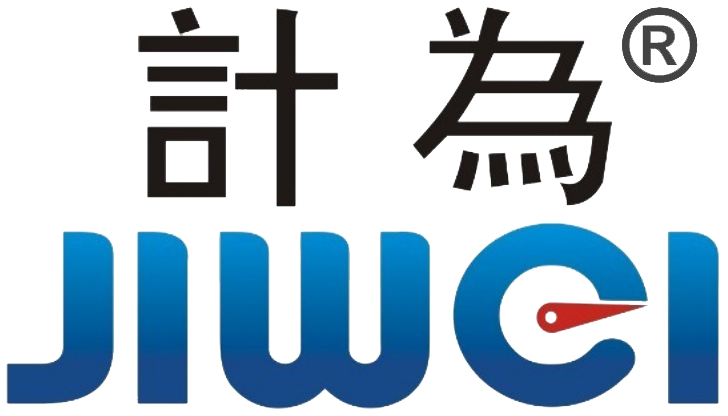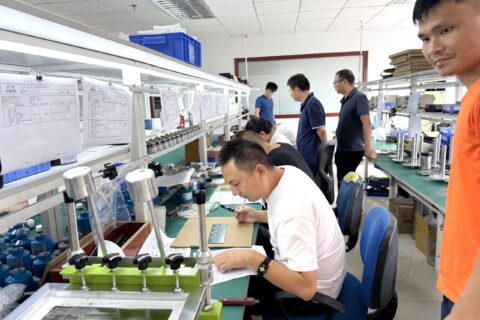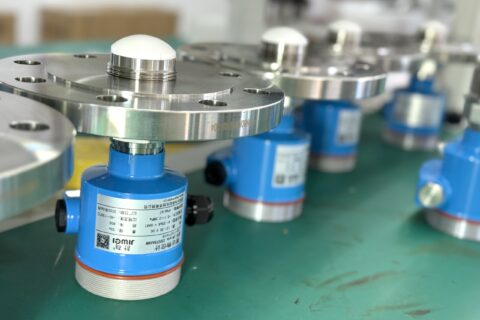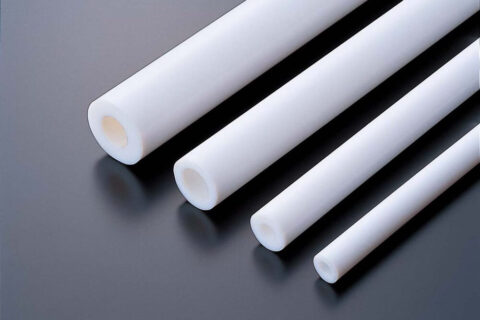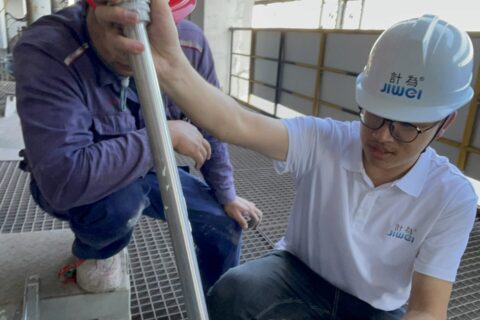-
Level Measurement Selection Guide: 5 Key Questions to Choose the Right Instrument
Choose the right level measurement instrument by media type, process condition, and output signal.
-
Dielectric Constants List——A Guide to Choosing Radar Level Transmitters
Discover how dielectric constants impact radar level transmitter selection. Includes a complete table of dielectric values for accurate specification.
-
Scrubber Phase-Out: The Hidden Shift from Equipment Compliance to Systemic Environmental Control
As open-loop and closed-loop scrubbers face global regulatory phase-outs, this article explores how green shipping is shifting from hardware compliance to intelligent system-level environmental control.
-
Advanced Antenna & Coupler Design in Jiwei’s 80GHz Radar
Explore the core technologies behind Jiwei’s 80GHz radar level meter, including microstrip antenna and 3dB directional coupler, highlighting advanced independent innovation.
-
Jiwei Product Development Process: From Concept to Mass Production
Discover Jiwei’s rigorous and efficient product development process, from concept, design, development, and pilot production to mass production.
-
Contact vs. Non-Contact Measuring Instruments: Principles, Advantages, and Applications
Compare contact and non-contact measuring instruments used in industrial automation. Learn their principles, advantages, and best application scenarios.
-
PTFE Creep Explained: Why Deformation Happens
Discover the science behind PTFE creep, why it’s so slippery, and how to prevent deformation in industrial applications. A complete breakdown from molecular structure to real-world use.
-
Instrument Maintenance Tips from a Senior Technicia
A five-year instrument technician shares practical Instrument Maintenance Tips to effectively diagnose, calibrate, and maintain level and liquid gauges.
-
Common Injuries Faced by Instrument Technicians On-Site
Instrument technicians often face risks such as electric shocks, falls, burns, and chemical exposure during fieldwork.
-
Instrument Procurement in Industrial Automation
A practical guide to buying industrial instruments that balances quality, cost, and supplier performance.
